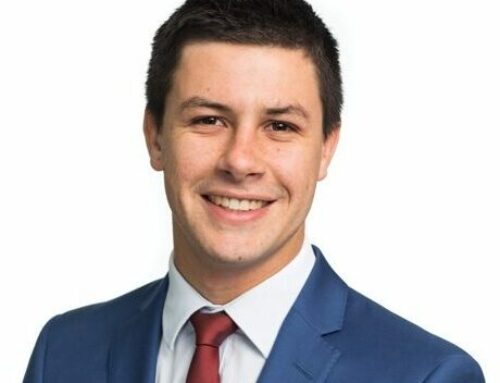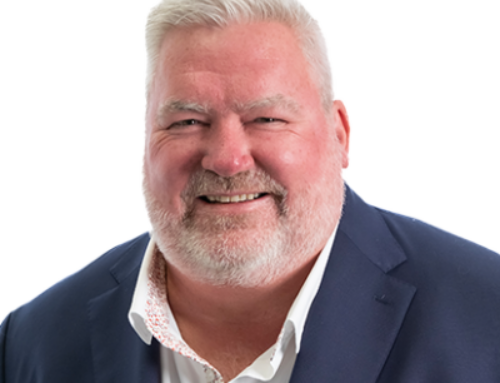Why electrical engineering?
All through high school I knew I wanted to study engineering as I enjoyed designing, building and exploring how things came apart and went together. I had always thought I would do mechanical engineering until a friend of mine in the car club suggested electrical. That started the wheels turning. During my first year at Monash University, I enjoyed the challenge of electrical which led to me choosing the stream.
My work playing around with engine conversion on cars and wiring them up enhanced my interest and thirst for knowledge as I attempted to troubleshoot and work things out.
What’s the trickiest problem you’ve solved?
There have been many tough ones over the years, but one that sticks in my mind was a fault that took out a site due to a simultaneous battery string trip.
We had a site where two parallel uninterrupted power supply (UPS) units both had battery strings, connected by a bus tie, which tripped and caused an outage. This happened twice prior to us getting involved. After the first fault, the client replaced the battery string suspecting a faulty battery had resulted in an overload and short circuit.
We reviewed the programmable logic control (PLC) diagram associated with the bus tie and identified a configuration where if a unit’s inverter output faulted then the battery breaker tripped. This led to the bus tie closing. The intent of the bus tie was to double the autonomy on the remaining UPS.
Our first review of the diagram suggested that a blocking mechanism prevented the two breakers tripping simultaneously. However, we looked deeper and found that the block signal had been based on the physical monitoring of the battery breaker. So, if we had a simultaneous inverter fault, both breakers could receive a shunt command before the first breaker had physically operated.
What do you do outside of work that helps fuel your creativity and commitment to engineering?
I enjoy tinkering with my cars, whether it’s restoration, modification or racing. A car project is never finished. Opportunities are always available to enhance or improve aspects, or fix mistakes I made when I was young and inexperienced. I still hold onto my first car, a 1976 Toyota Celica Coupe, which I started restoring at 15.
What professional relationships do you value the most?
I enjoy being heavily involved with operational and facilities teams and taking them on the journey of improving and enhancing their spaces. It’s quite rewarding taking people along the journey from a fault or major issue and helping to, not only, resolve the immediate fault but also improve pain points which have plagued them for years.
If you could change one thing about the built environment, what would it be?
Increased thought towards use of passive design elements. There’s an overemphasis on offsetting energy use with renewable sources with not enough effort going into reduction of load in the first place.
Better passive design can see reductions in heating and cooling loads and reduced lighting requirements. This can lead to more comfortable and liveable spaces.
What does Making Spaces Work mean to you?
Making Spaces Work means understanding the operating requirements of a client or limitations of a facility and how we can integrate new requirements and upgrades without impacting operations.










